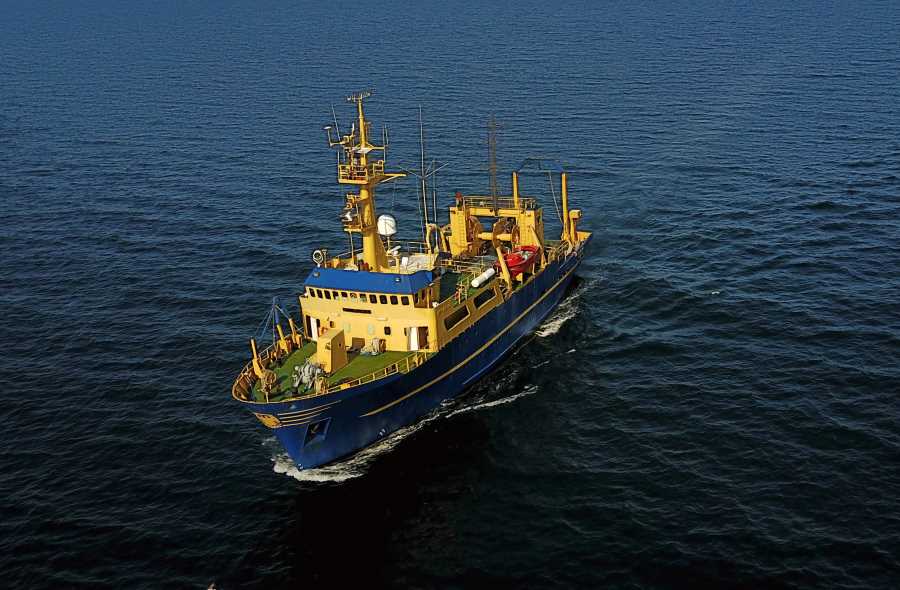El Niño's Hidden Depths in the Gulf of California
El Niño disrupts the Gulf of California's delicate ecosystem. Scientists aboard the “El Puma” reveal warming waters, decreased nutrients, and the potential impacts on fisheries and climate patterns.

The ocean is having a hot flush. Off the coast of Mexico, the Pacific is simmering under the influence of El Niño, and like the beads of sweat on a fevered brow, scientists aboard the UNAM research vessel “El Puma” are seeing the signs. The ship is their floating laboratory, and they've set off to investigate, armed with more thermometers and plankton nets than you could shake a fishing rod at.
Now, we all know El Niño loves a dramatic entrance. This isn't the weather pattern's first time causing a ruckus. Think of El Niño as the ocean's mischievous cousin, the one that turns up and throws the usually well-ordered marine family into disarray. Warm water pools where it shouldn't, nutrients disappear like snacks at a kid's party, and even the humble phytoplankton – the tiny plant-like critters at the bottom of the food chain – start getting stressed.




